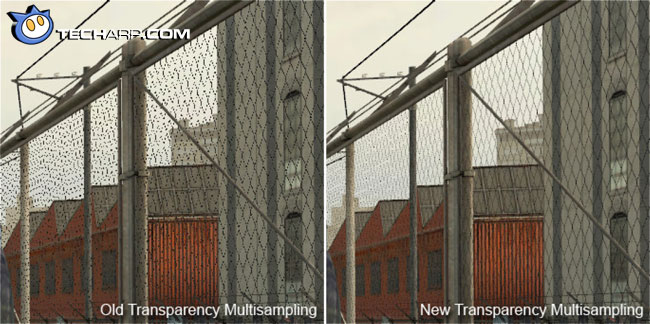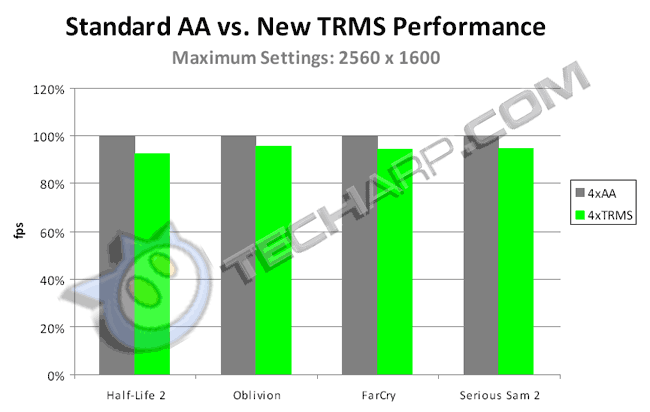The Architecture
The NVIDIA G92 GPU uses the same unified shader architecture as the G80 GPU of the NVIDIA GeForce 8800 Ultra and GeForce 8800 GTX. Instead of the traditional graphics pipeline of dedicated vertex shaders, pixel shaders and ROPs, the NVIDIA GeForce 8-series of GPUs makes use of large numbers of generic stream processors.
The new GeForce 8800 GT will have 112 stream processors. Each stream processor is capable of performing vertex, pixel, geometry or even physics operations. The type of operations assigned to each stream processor is dynamically determined by the GPU. This improves the GPU's performance as processing power can be dynamically allocated according to need.

The G92 also have 56 texturing processors, each capable of one addressing and filtering operation per clock. This allows the GeForce 8800 GT to deliver a peak bilinear fillrate of 33.6 gigatexels/s. The G92 also has 16 ROPs (render back-end units) with full support for 128-bit HDR rendering. The ROP compression system had also been enhanced to reduce memory usage and improve its performance at extreme resolutions like 2560x1600.
New Transparency AA
NVIDIA introduces a new transparency multisampling anti-aliasing algorithm in the GeForce 8800 GT. This new algorithm allows the GeForce 8800 GT to attain the image quality of transparency supersampling (TRSS) with the performance of transparency multisampling (TRMS).
Take a look at this comparison of the old transparency multisampling mode vs. the new transparency multisampling mode in the GeForce 8800 GT. There is a marked difference in the anti-aliasing of the fence.

Now, compare the new transparency multisampling with the image quality of transparency supersampling. It's quite hard to make out any difference, even when we look at the larger, blown-up image.

According to NVIDIA, this new transparency multisampling algorithm makes it a more compelling choice for gamers because it is only 6% slower than 4x AA. Here are the results of their tests :

<<< Refreshing The World's First DX10 GPU, Specifications : Previous Page | Next Page : Second-Generation PureVideo Engine >>>







 Add to Reddit
Add to Reddit
